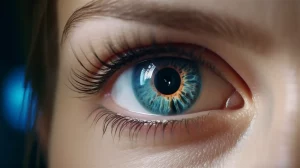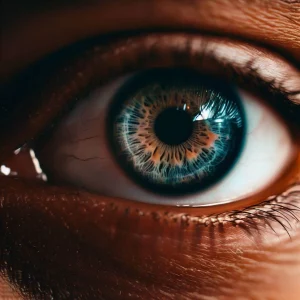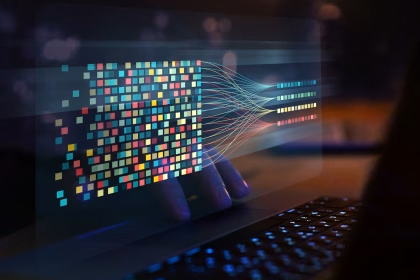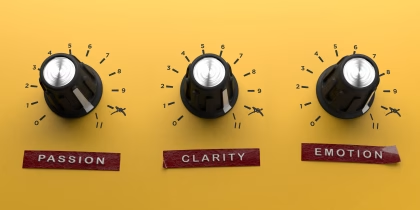iMotions Eye Tracking Software operates by using specialized hardware and algorithms to precisely monitor and record a person’s eye movements and gaze points. It employs high-speed cameras and infrared light to track the position and focus of the eyes, providing valuable data for research in fields such as psychology, market research, and user experience design.
Our gaze can say a lot about what happens in our minds. This is the principle that led scientists to develop technology that tracks our visual attention. The intensity of a stare, pupil oscillation, or an avoidant gaze are all valuable research data that offer even more information than the words themselves. Meet eye tracking — a technology that can provide insights into someone’s behavior in research or commercial settings by tracking the direction of their visual attention.
What is Eye-tracking?
Eye tracking is a device that tracks where someone is looking in real time. The technology works with biosensors that convert eye movements into data about someone’s pupil position, gaze point duration, etc. In short, the tool simply translates data from eye movements into insights that can be used in behavioral research or commercial settings. Eye tracking technology is usually made up of a few components, such as:
- The eye-tracking device – this captures any changes in eye movement.
- The eye-tracking software – takes all the collected data, analyses it, and offers a visual representation of its insights.
In this article, we are going to talk about the latter part of the eye-tracking technology: the software that brings all the data together and shows what those gazes and eye movements mean.
Eye Tracking
The Complete Pocket Guide
- 32 pages of comprehensive eye tracking material
- Valuable eye tracking research insights (with examples)
- Learn how to take your research to the next level
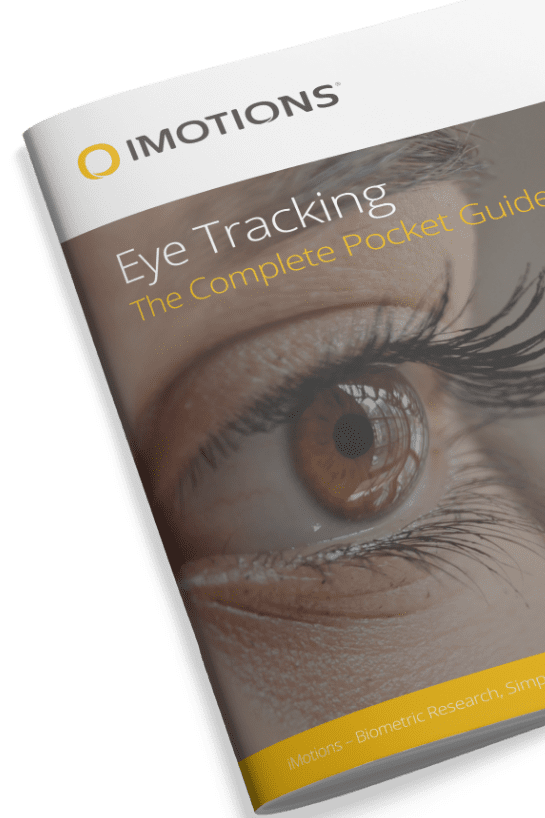
Applications of eye-tracking technology
Eye-tracking technology is used in various fields to expand the understanding of human nature. Here are just a few industries where this tool is successfully used:
Scientific research
Eye tracking translates eye movements into behavioral insights, which leads to a better understanding of research participants and advances the research field.
Consumer research and user experience
If you want to know how a customer thinks and feels, you have to see where they are looking. Eye tracking is an increasingly used tool in shopper research, UX, marketing and advertising, and packaging research.
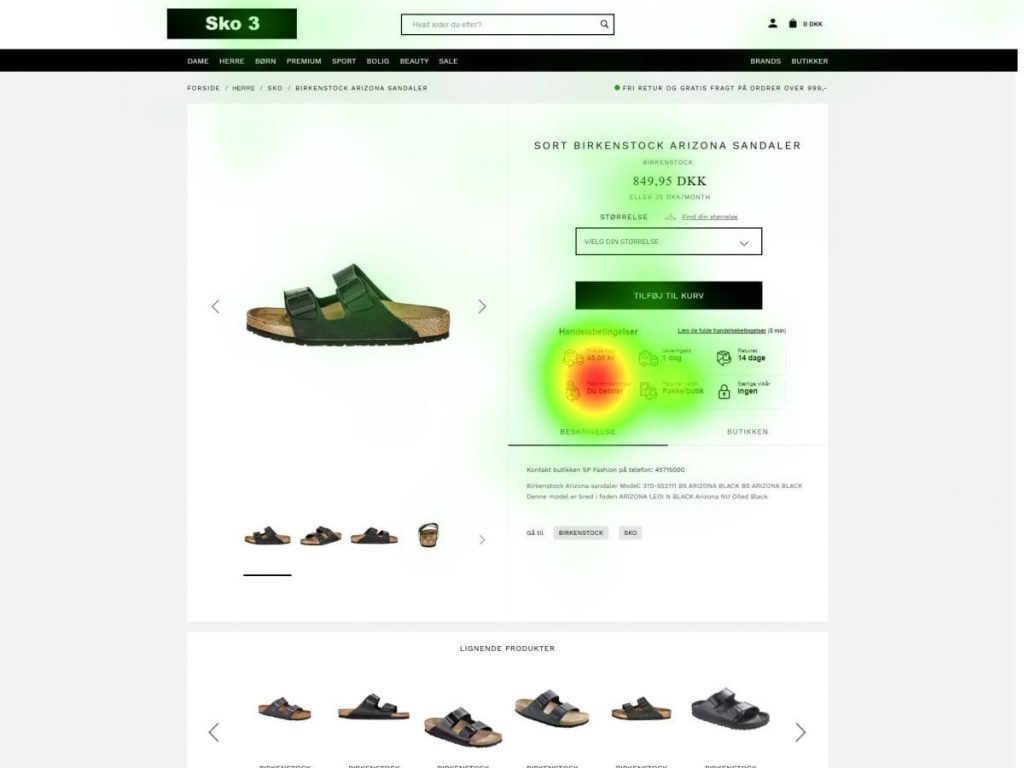
How an Eye-tracking software works
Scanning someone’s eye movements is only the first part of understanding what happens in their minds. The second is analyzing the data and interpreting it, which is where the eye-tracking software comes in. iMotions is a software platform designed for biometric research, and it integrates a variety of sensors, including eye trackers. While the software itself does not perform eye-tracking, it integrates with various eye-tracking hardware solutions to provide a unified platform for data collection, analysis, and visualization.
Here’s a general overview of how the eye-tracking aspect of iMotions works:
Calibration
Calibrating the eye tracker is an essential step that ensures reliable eye movement data collection. It is done by instructing the participant to look at a specific calibrating point that will appear on the screen. The calibration process is performed within the eye-tracking software, which will also process their eye movements and gaze data. The data is then used to build a mapping between their gaze point and the screen’s coordinates.
Data Collection
Once calibrated, the participant can engage with the stimulus (e.g., a website, video, image, or real-world scene). The eye tracker collects data on where the participant is looking, how long they look at specific areas and the path their gaze takes.

Data Analysis
After all data is gathered, the next step is to analyze it. iMotions provides a suite of tools for analyzing the collected data. This includes heatmaps (which show where participants looked most frequently), gaze plots (which show the path of a participant’s gaze), and metrics like time to first fixation or total fixation duration.
Exporting Data
If researchers want to perform more specialized analyses, they can export the raw data from iMotions and use other software tools or statistical packages.
It’s worth noting that the accuracy, precision, and capabilities of the eye-tracking will largely depend on the specific eye-tracking hardware being used. iMotions simply provides a platform to make the process of collecting and analyzing this data more streamlined and integrated. iMotions offers a range of different eye trackers that are natively integrated with the software suite, which guarantees a good level of data quality.
Visualization and Reporting
The software provides tools for visualizing the data in various ways, making it easier for researchers to interpret the results and share them with others.
The software creates visualizations of the data, such as:
- Heatmaps: areas where participants have been looking the most.
- Gaze plots: display the path of eye movement over time
- Fixation sequences: they show the order in which fixations occurred
- Areas of interest (AOIs) — pre-defined regions of interest based on the stimuli presented (e.g. specific areas from an image)
- Statistical plots bar charts, line graphs, or box plots to summarize and compare eye-tracking metrics (e.g., fixation duration, saccade amplitude)
Benefits of iMotions eye-tracking software
Integration with Eye Tracking Hardware:
You might need a different type of eye tracking based on your objectives. Therefore, you will need to find an eye tracker that guarantees the accuracy and precision you will for your outcomes. iMotions supports a wide range of eye-tracking devices from different manufacturers. This includes screen-based eye trackers, glasses-based eye trackers, and even VR headset eye trackers.
Integration with Other Biometrics
Depending on your goals, collective eye tracking might not be sufficient. For example, if you are conducting complex research projects, you might need additional biometric data about your participants. One of the strengths of iMotions is its ability to integrate eye tracking data with other biometric data, such as facial expression analysis, galvanic skin response, EEG, and more. This allows researchers to get a more comprehensive understanding of a participant’s response to a stimulus.
Eye Tracking Visualizations in the iMotions Software
iMotions offers the flexibility to incorporate various types of stimuli into your research and provides a user-friendly way to visualize your study’s data. Regardless if you are working with images, videos, VR environments, web content, or real-world scenarios, the iMotions software will give you access to a wide range of eye-tracking metrics and visualization tools. Besides, you can use the extra add-ons to expand your data collection capabilities to encompass online remote studies and mobile data collection.
Further Reading on Eye Tracking
Eye Tracking Screen Based
Measure visual attention on monitors and mobile devices with the screen-based eye tracking module.
See Features Now



